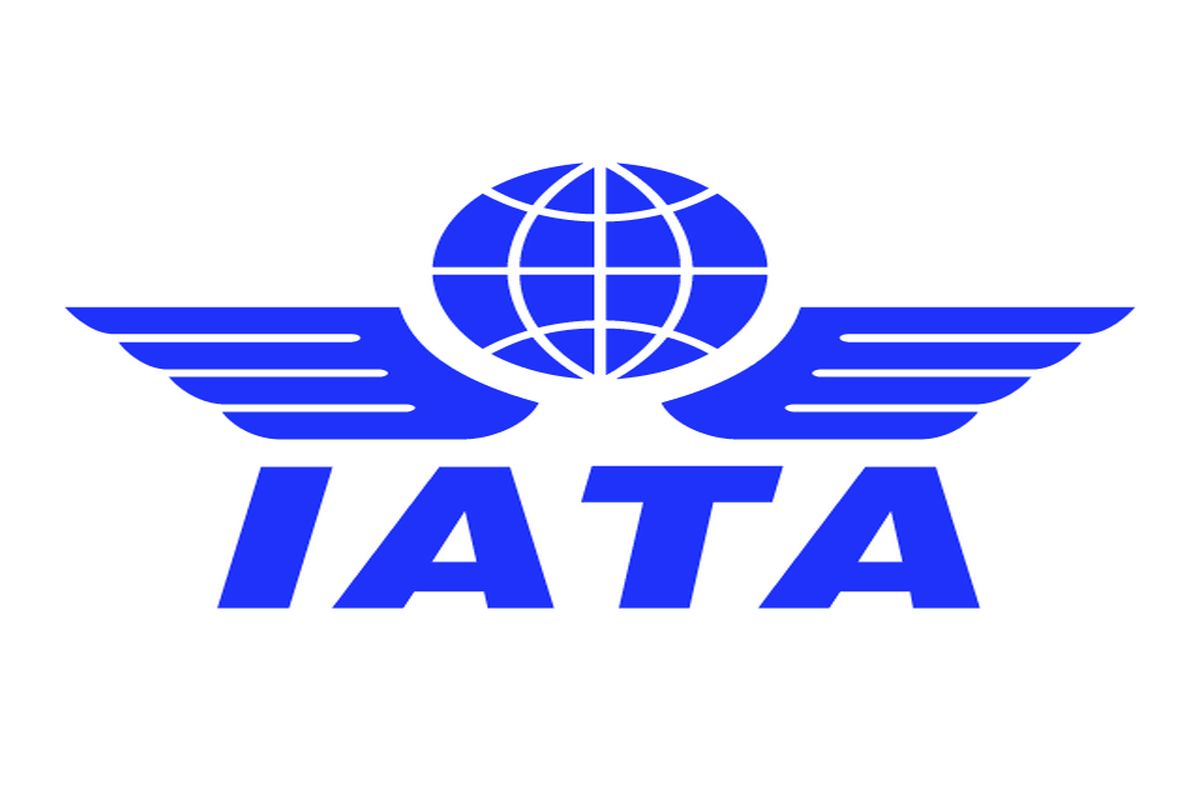Source: IATA
The International Air Transport Association (IATA) announced that it has completed the annual revision of its air transport industry manuals for cargo, ground handling, and operations, thus incorporating the updates made to many of the underlying industry standards over the past year. These revisions reflect the sector’s commitment to further improving safety, introducing more sustainable operations, as well as enhancing the passenger experience and cargo handling.
Examples of these changes include:
- Revised Dangerous Goods Regulations
With more than 1.25 million dangerous goods shipments being flown by air on an annual basis, it is essential that the rules and regulations allowing for the safe transport of such substances and articles are revised to reflect safety and operational developments. One focus is on lithium batteries, as consumer demand for electronic devices such as tablets and small personal mobility devices continues to grow. - Updated Standard Procedures for Preloading Advanced Cargo Information (PLACI) Manual
This now reflects additional recommendations, including for the new “Import Control System” (EU-ICS2) regulations in the European Union (EU) and future similar programs in Canada, the United Arab Emirates and the United Kingdom, which are being put into place to increase security. Shippers, forwarders and airlines need to fully understand these processes in order to be compliant and avoid fines and the potential for delayed shipments, and be able to have goods flown to, for example, Canada, the EU, the United Arab Emirates, the United Kingdom and the United States. - Updated boarding guidance for passengers with reduced mobility along with the loading of mobility aids
These changes have been incorporated into the IATA Ground Operations Manual (IGOM) in order to better serve travelers with disabilities, while elevating the quality of the transport of mobility aids. These amendments support the industry’s commitment to travelers with disabilities made at the IATA Annual General Meeting in 2019. - Amendments to handling procedures for the carriage of pet animals
With an increasingly mobile global population, the carriage of live animals, especially domestic pets, is also on the rise. In order to ensure animals’ welfare even during travel disruption, the handling procedures included in the Live Animals Regulations (LAR) have been updated to cover these eventualities. Additional changes have been introduced to manage pet animal transportation in extraordinary circumstances. - Advice on the design and use of Ground Service Equipment (GSE) anti-collision systems (Enhanced GSE)
This is now contained in the IATA Airport Handling Manual (AHM) as part of the industry’s call for the increased use of enhanced GSE in order to reduce the ground damage to aircraft and reduce the CO2 emissions of ground handling equipment.
“Aviation is a unique industry with its global footprint covering operations from mega-hubs, through regional airports to small and even remote airfields. Nevertheless, the same standards and procedures need to be applied across the globe, in order to maintain smooth operations and a high level of safety. The IATA manuals are the reference materials, accurately reflecting agreed global standards, which the industry abides by,” said Frederic Leger, IATA’s Senior Vice President for Commercial Products and Services.
Key stakeholders in the aviation value chain – such as airlines, airports, ground service providers, freight forwarders, shippers, and manufacturers – rely on the IATA standards to ensure robust and efficient operations. The IATA manuals are based on the recommendations devised by standard setting bodies such as the International Civil Aviation Organization (ICAO) and other industry working groups.
The annual update is achieved through an extensive exercise undertaken by various industry working groups such as the Dangerous Goods Board (DGB) and the Live Animals and Perishables Board (LAPB). Each working group is comprised of IATA experts as well as other experts in that field who work with local governments and industry stakeholders, ensuring that each manual contains the most updated information on the latest regulations, trends, and best practices. In total more than 350 updates have been made to the 2023 editions.
IATA, in collaboration with its members, has been setting industry standards since its founding in 1945 and manuals have been published on a multitude of topics for more than 60 years. An increasing number of manuals have been made available in a digital format, in addition to the traditional printed versions.

